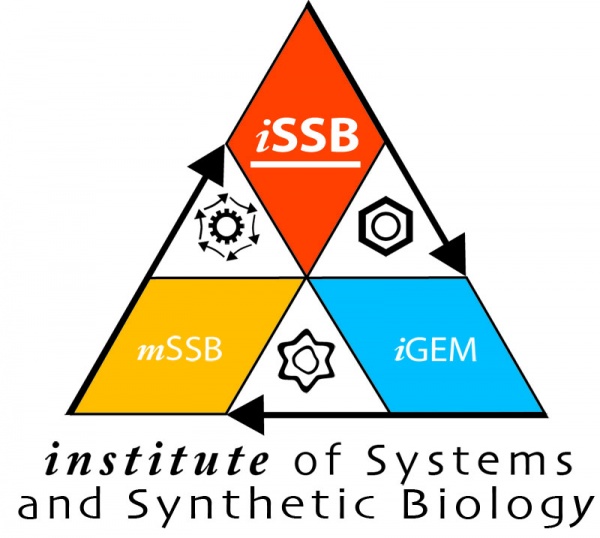Team:Evry
From 2013.igem.org
Welcome to the Iron coli Project
Abstract
This year we choose to develop a project which deals with hematologic diseases. We focused specifically on diseases with an iron overload disorder. Among those type of diseases, we were interested in the hereditary hemochromatosis and hemosiderosis. In the case of hereditary hemochromatosis, the iron overload disorder is a direct consequence of this disease. While in the hemosiderosis the iron overload is due to a metabolic perturbation.
Today the iron overload can be treated by bloodletting in the case of the hemochromatosis but it cannot be used as a treatment of hemosiderosis because patients suffer of anaemia. In our project we want to solve this problem acting directly at the iron absorption source, in the intestines.
Using the Ferric Uptake Regulation (FUR) system to control siderophore (iron chelator) biosynthesis, we engineered bacteria giving them the ability to produce these siderophores in response of iron. In order to limit the iron overload in the patient, these bacteria will be placed in capsule and ingested during a meal. Arriving in the duodenum our bacteria will limit iron absorption by chelating it.
Abstract v.Connard
This year, our project focuses on hematological disorders. More specifically, we focus on diseases that are subsequent to an iron overload such as hemochromatosis and thalassemia. For hereditary hemochromatosis, the symptoms are due to the overabsorption of iron from the duodenum by the mutation of a membrane protein. However, thalassemia have an initial metabolic perturbation before starting to excessively absorb the iron.
Nowadays, the iron overload is mainly treated by bloodlettings for hemochromatosic patients but cannot be extended to thalassemic patients who suffer of anaemia. Our project focuses on preventing the intestinal absorption of iron, thus acting directly at the source.
Using the Ferric Uptake Regulation (FUR) system that controls siderophore biosynthesis (iron chelator), we engineer Escherichia coli in order to produce these siderophores in response of high concentrations of iron. To reduce the patient's iron absorption, our bacteria is placed in a capsule and will be ingested during a meal. Once arrived in the duodenum, our bacteria produce the siderophore at their full potential and chelate the iron.
 "
"













